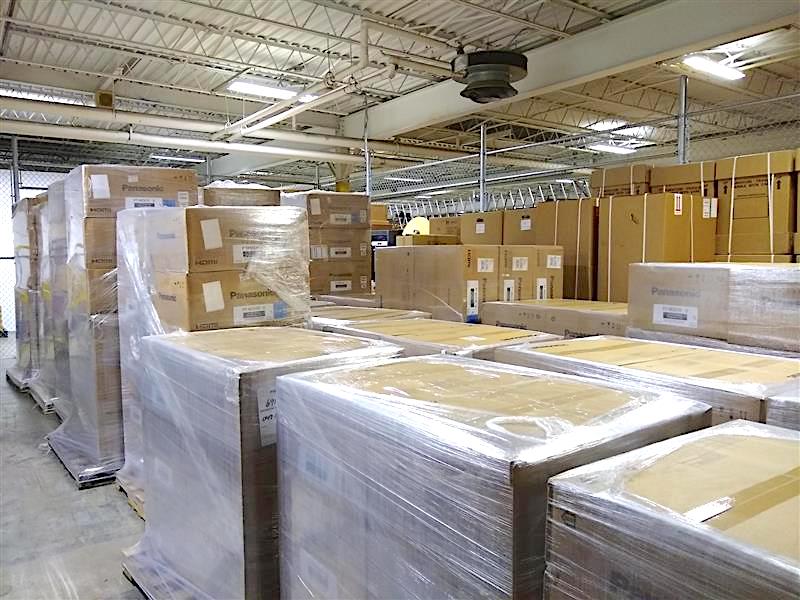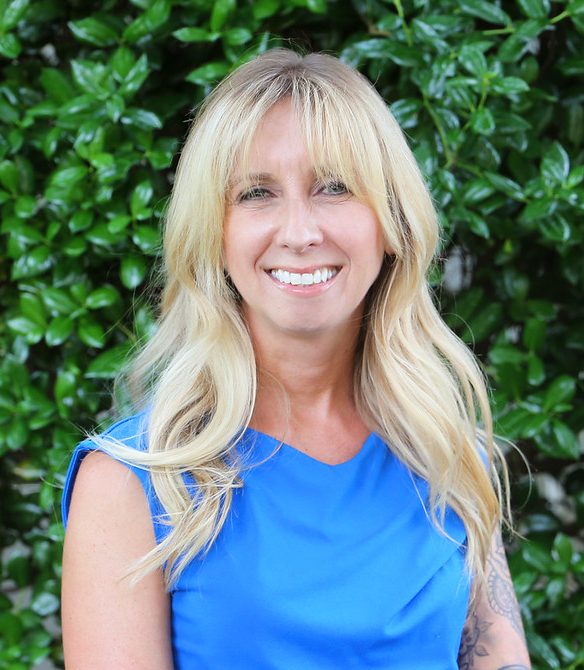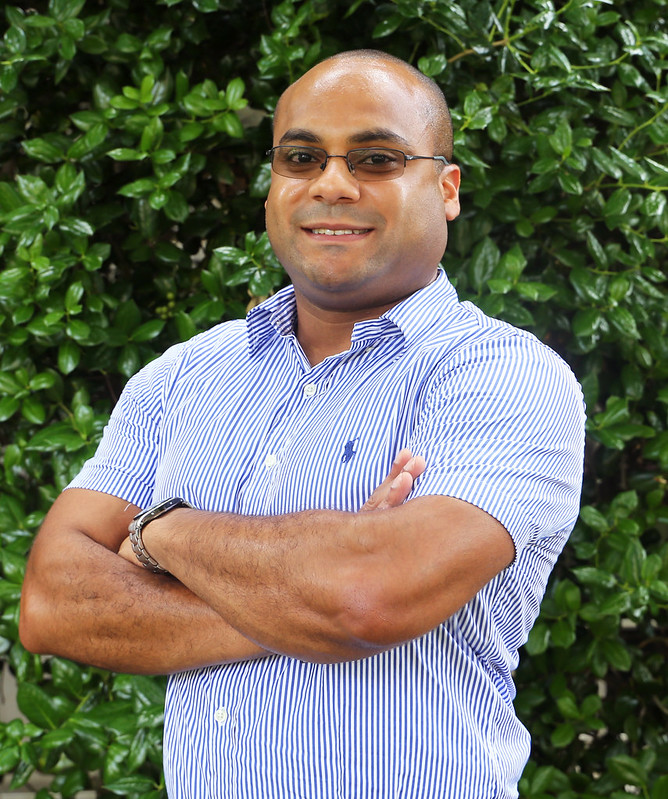In preparation for the first day of Fall 2020 classes, ITS’ Classroom Hotline unit spent spring and summer getting faculty and the technology in teaching spaces ready.

Classroom Hotline staffers had already gotten themselves quickly versed on all things Zoom when the University went fully remote in March. With those skills and knowledge, the team members were helping support faculty from their homes so they could continue teaching.
At the same time, University leaders were beginning to look ahead at what the Fall semester might look like. Several committees formed to figure out the instructional side of things, including the classrooms themselves, pedagogy, wayfinding and Community Protective Equipment (CPE).
Campus leaders asked Classroom Hotline Manager Gina Reitz about the general-purpose classrooms and their capabilities for remote learners. The University needed to test the different modes of teaching — face-to-face, hybrid and Hyflex — in the general-purpose classrooms to determine what, if anything, needed to be added over the summer months.
Supporting remote and in-person students
One of the committees decided that for the Hyflex mode to be successful, the general-purpose classrooms needed pan-tilt-zoom cameras and ceiling microphones (six strategically placed around the room) to pick up the voices of the in-person students.
At that point, only 15 out of 205 rooms met that description, Reitz said. Carolina’s large auditoriums — 26 rooms total — already had pan-tilt-zoom cameras and microphones for the instructor. The challenge was that the existing microphone system was not capable of capturing the voices of the in-person students to provide to the remote students.
Specs, purchases, installations

Classroom Hotline team members jumped in to get the technology in the rooms ready. They quickly figured out the specifications, solicited and received quotes and got the ball rolling for equipment to be purchased to outfit 50 additional Hyflex rooms.
They hit a major delay with the camera vendor given that other universities and colleges were purchasing the same equipment, Reitz said. The delays meant a rush to install and de-bug all 50 rooms. Even so, Classroom Hotline met its goal of completing the rooms for faculty demonstrations August 3 – 7 in advance of the first day of class on August 10.
“Never bet against the Hotline,” said Vaughn Booker, Tier Three Classroom Consultant with the Classroom Hotline.
In addition to that effort, Classroom Hotline installed 203 laser projectors and 203 document cameras in the general-purpose classrooms in June and July.
Identified new sites for classrooms
As committee members looked at classroom layouts, they realized early on that they would need to find new spaces for classroom instruction. The normal general-purpose classroom would be significantly reduced in capacity with seats being 6 feet apart. A 419-seat auditorium, for example, would be able to have only 60 seats occupied.
Professional schools and other schools, departments and entities volunteered space. Then Classroom Hotline staffers visited and evaluated the rooms.
“After we conducted site visits, discussed who would charge for their spaces and who wouldn’t, and other scheduling limitations, we had a list of 21 ‘new’ spaces to get ready for FDOC too,” Reitz said.
New spaces needed tech
These spaces included rooms at the Friday Center, Kenan football stadium and the School of Government, to name a few.
“The challenge with some of these spaces, while we were grateful to have them, they had no technology for teaching,” Reitz said. “So, we needed to quickly come up with a plan that would at least give the faculty a way to project their laptop and have a writing surface. Luck would have it, since we had just life-cycled 203 projectors, we had the spare inventory on hand. We ordered mobile screens, whiteboards, extra furniture and got each space set up for the FDOC.”

With this came an entirely new set of challenges. Instructors needed to be taught how to find these new rooms, how to use them and how to still teach effectively, Reitz said.
Many instructors would be teaching in an entirely new way starting on August 10. The Hyflex instructional mode was new to most of the instructors, and it’s certainly not as easy as just connecting to a Zoom session.
“Imagine,” Reitz said, “having 15 students local in your classroom with you, another 15-20 or more connecting remotely from their dorm room, their home, another country even, and then trying to engage both sets of students, keep your eye on a chat window, run your PowerPoint slides and teach! It’s a lot for even the most adept faculty.”
Demoed rooms for faculty
Classroom Hotline staff members conducted room demonstrations to help instructors use that technology for their teaching style.
“The installation of equipment such as document cameras, projectors, audience microphones and wall-mounted cameras has been essential in providing faculty with learning spaces that are flexible enough to fit their needs this semester,” said Charlie Wilcher, Technology Support Specialist. “Many professors are facing the challenge of teaching both remote and in-person students, and we have been there to provide guidance with the technology required to make that work.”
Many people across the University were responsible for making the first day of class a success, Reitz said. She’s proud, she added, that Classroom Hotline played a part.
